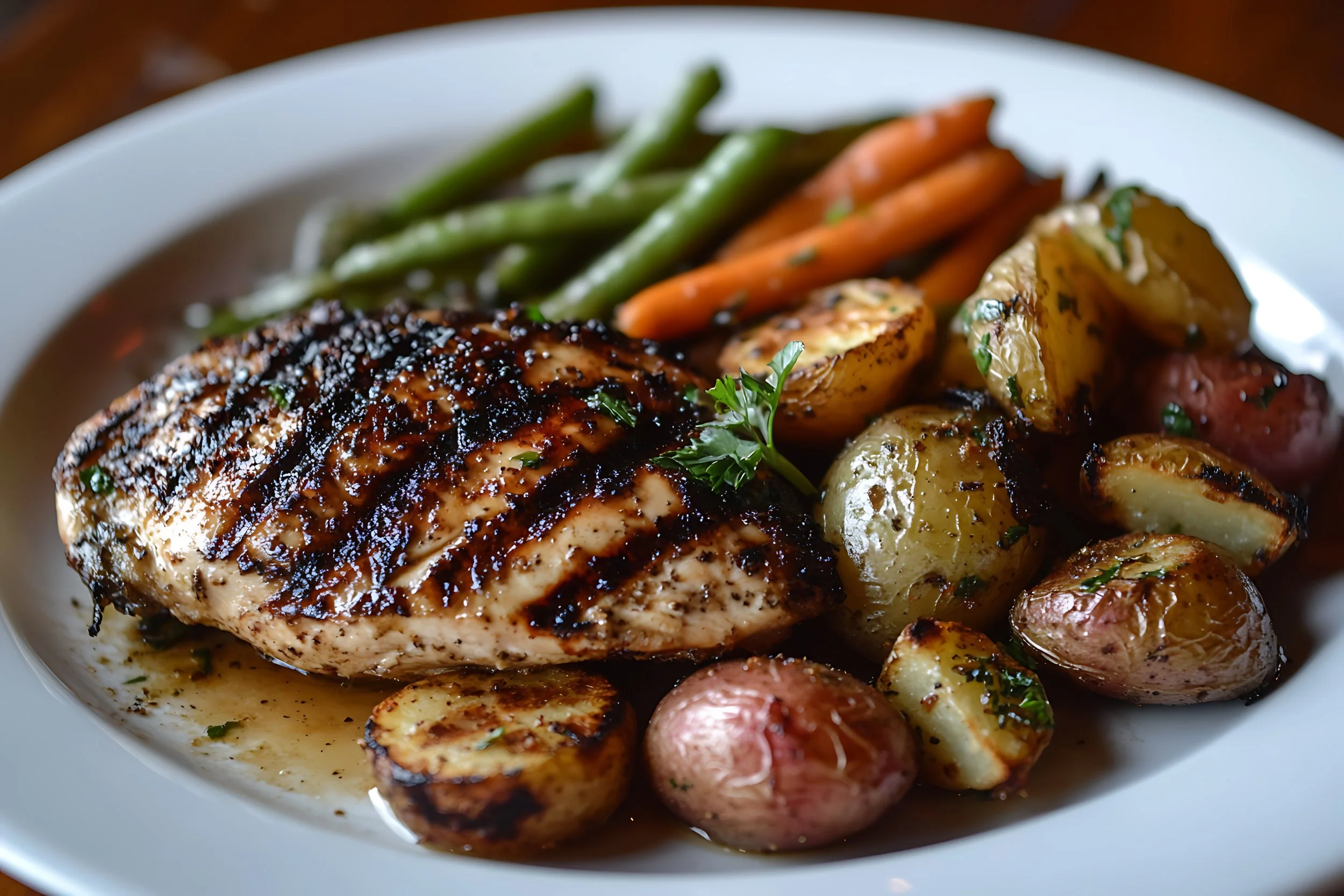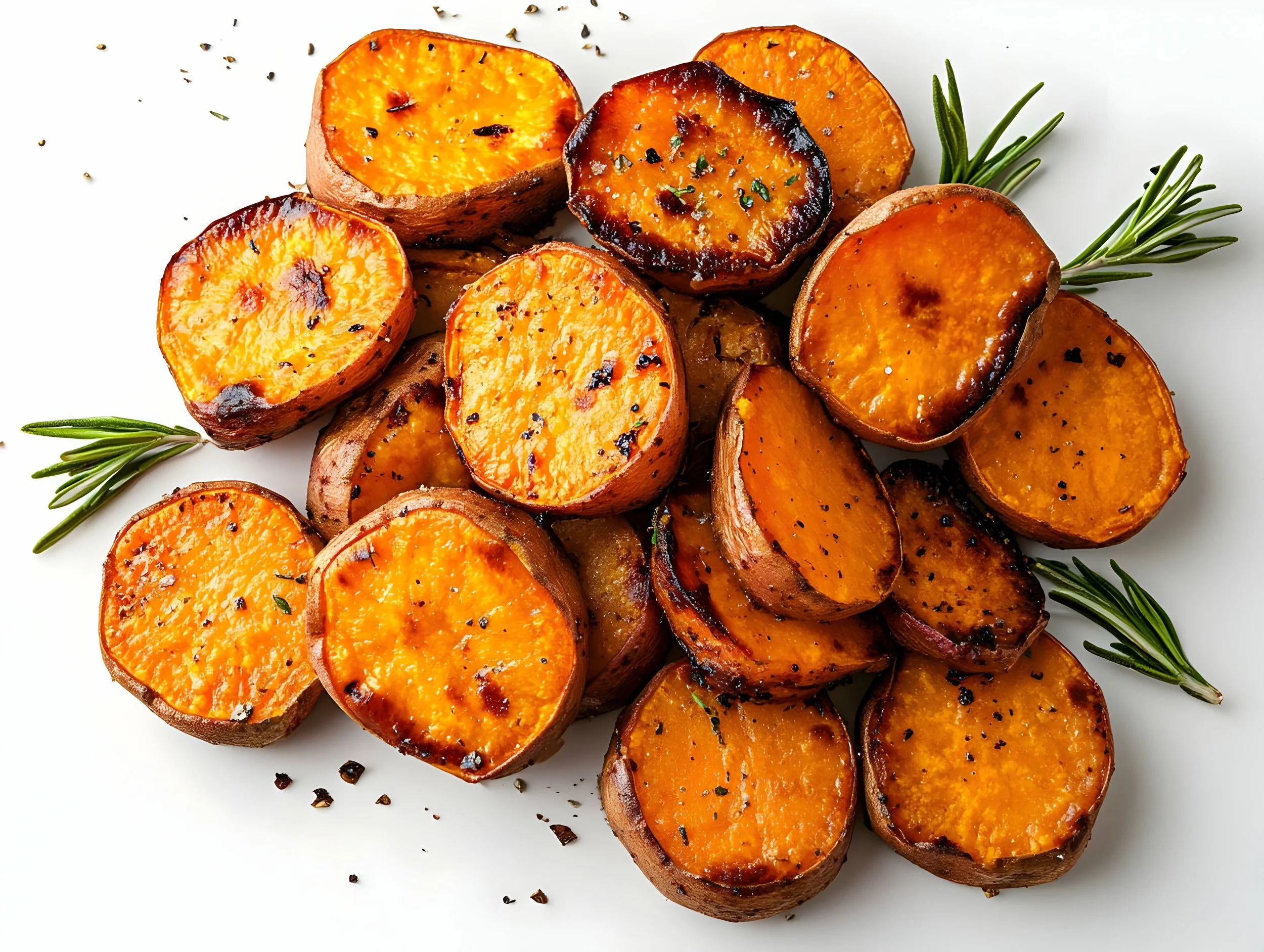How to Eat Pro-Metabolic (Even If You’re Totally New)
If you’ve been trapped in diet culture—counting almonds, fearing fruit, or surviving on coffee and cortisol—you’re not alone. Most of us have spent years chasing thinness while unknowingly wrecking our metabolism in the process.
Enter the pro-metabolic approach: a way of eating that nourishes your body instead of fighting it. It’s not a trendy detox or a quick-fix gimmick—it’s a return to biological sanity. Pro-metabolic eating is about restoring cellular energy, supporting your thyroid and hormones, and teaching your body how to feel safe again.
If you’re brand new to this world, here’s your clear, science-rooted roadmap to getting started.
What Does "Pro-Metabolic" Even Mean?
At its core, pro-metabolic means supporting the body's natural ability to make energy—primarily through the thyroid and mitochondria.
When your metabolism is working well:
You feel warm and energized
Your digestion hums
Your sleep improves
Your cycle is regular and painless
Your mood is stable
You burn food efficiently—without stress
Most mainstream diets (keto, fasting, veganism, calorie restriction) achieve quick results by slowing your metabolism down—forcing the body into stress mode. Pro-metabolic flips the script. It feeds the body what it needs to thrive.
Principle #1: You Need to Eat More—Not Less
Most people have no idea how underfed they are. If you’re eating 1500–2000 calories a day and wondering why you’re cold, tired, bloated, and gaining weight—that’s your metabolism screaming. Your body downshifts to survive.
A healthy adult woman generally needs:
2,000–2,500+ calories/day
A healthy adult man generally needs:
3,500–4,500+ calories/day
You may need even more if you’re healing, exercising, or coming off years of restriction. When you give your body enough energy, it stops hoarding fat and starts functioning.
Our hunter-gatherer ancestors—and even our grandparents—ate far more food than most people do today. We didn’t start gaining weight from eating too much—we started gaining when seed oils wrecked our mitochondria and we responded by slashing calories. All that did was slow us down. Just one degree drop in body temperature lowers caloric needs by nearly 1,000 calories/day, and hardly anyone is sitting at 98.6 degrees anymore.
Principle #2: Carbs Are Not the Enemy—They're the Fuel
Your cells run on glucose. Your liver converts T4 to T3 (active thyroid hormone) using glucose and fructose. Your brain, heart, and reproductive system all rely on it.
Carbs don’t make you fat—PUFAs and stress hormones do.
Choose easy-to-digest, nourishing carbs, like:
Fresh-squeezed or not-from-concentrate orange juice
Raw honey, maple syrup
Ripe fruit (banana, mango, melon, apple, berries)
Sweet potatoes, white potatoes, carrots
White rice, masa harina (corn flour), sourdough (if tolerated)
Dried fruit like pineapple, dates, or mango
Avoid excessive:
Hard-to-digest starches (beans, whole grains, bran)
Artificial sweeteners
Low-carb/fiber-heavy substitutes that tax digestion
Principle #3: Protein Matters—but Type Is Key
Protein is essential for hormone production, liver detox, skin repair, and blood sugar stability—but not all protein is created equal.
Pro-metabolic proteins are:
Bioavailable (easy to digest and assimilate)
Low in inflammatory amino acids like tryptophan and cysteine
Top picks:
Dairy (milk, Greek yogurt, cottage cheese, cheese)
Collagen (bone broth, gelatin, collagen powder)
Eggs
Shellfish (especially shrimp, oysters)
Lean red meat (beef, lamb)
Skinless poultry (chicken, turkey)
A solid target is 1g/pound per day, depending on body size and goals. Another good goal is up to 1/4 of your protein from collagen and gelatin, and the rest from low-fat dairy and lean meat, to balance your calcium/phosphorus ratio. Calcium builds and maintains bones while phosphorus supports energy and cell function, and getting protein from half dairy (high in calcium) and half meat (high in phosphorus) helps balance these minerals to protect bone and metabolic health.
Principle #4: Ditch the Seed Oils—But Don’t Go Keto
Your body needs some fat—but too much, or the wrong kind, shuts down thyroid and mitochondrial function.
The worst offenders are PUFAs (polyunsaturated fats), found in:
Vegetable oils (canola, soybean, sunflower, corn)
Nuts and seeds
Nut butters and vegan spreads
Pork and poultry fat (especially with skin) - because these animals are monogastric (one stomach) and store the oils they are fed. Even organic and pastured-raised pork and chicken are usually still fed seed oils.
These fats oxidize easily, promote inflammation, and damage cellular metabolism. They also accumulate in your fat tissue and take years to detox.
Stick with saturated fats in moderation:
Butter or ghee
Coconut oil
Tallow
Dairy fat (in full-fat milk or cheese)
For most, 15–20% of calories from fat is ideal while healing the metabolism. Going higher slows things down. That’s because high fat + high carb creates a metabolic “swampland” where fuel can’t flow efficiently—your body gets stuck storing instead of burning.
Keeping fat low lets carbs do their job: refill glycogen, increase thyroid output, and drive real energy. The challenging part is keeping fat low—but the good news is you get to eat more food, enjoy plenty of carbs, watch symptoms disappear, and eventually maintain a leaner body on higher calories.
Principle #5: Eat Every 3–4 Hours
If you’re skipping breakfast or intermittent fasting, your body is likely surviving on adrenaline and cortisol—not a good long-term plan.
When blood sugar drops too low, your body raises stress hormones to compensate. This wrecks thyroid conversion, breaks down muscle, and causes energy crashes, irritability, and poor sleep.
A good rhythm is:
3 solid meals + 1–2 snacks per day
Front-load your calories earlier in the day
Always pair protein + carb (never carbs alone)
Principle #6: Salt + Sugar + Saturated Fat = Yes
You heard that right. Your body needs salt to make stomach acid, adrenal hormones, and digestive enzymes. And sugar (from fruit, juice, honey) feeds your cells, not your waistline—when paired properly.
Skip the low-sodium fear-mongering. Salt your food to taste. Balance blood sugar by eating sugar with protein, not alone.
Principle #7: Heal Digestion, Don’t Fight It
If you get bloated or constipated eating this way, it’s not the diet—it’s your damaged digestion from years of stress and restriction. That can be fixed.
Start slow. Build resilience.
Helpful supports:
Raw carrot salad daily (antibacterial, anti-estrogen)
Apple cider vinegar before meals
Bone broth, gelatin, or collagen for gut lining
Prokinetics if you’re sluggish (ginger, artichoke, vitamin B6)
Ox bile or betaine HCl for belching or fat intolerance
What a Pro-Metabolic Day Might Look Like
☀️ Breakfast: orange juice with collagen, eggs, sourdough toast with a little butter and lots of jam, and nonfat Greek yogurt smoothered in honey.
🍓 Snack: lowfat cottage cheese with a bowl of pineapple, gelatin gummies, and a skim milk cappuccino with maple syrup.
🥩 Lunch: grilled chicken breast, white rice, cooked carrots with butter.
🥕 Snack: raw carrot salad with ACV and salt, a glass of fresh lemonade with a side of honey-sweetened Greek yogurt, and a handful of fresh berries or melon.
🍠 Dinner: lean ground beef and shrimp, mashed sweet potato, sautéed squash with butter, and bone broth with sea salt.
🍬 Dessert: 1 cup skim milk hot cocoa with 1 scoop collagen, 1 tbsp honey-sweetened gelatin, and gummy bears.
How Do You Know It's Working?
Watch for these metabolic green flags:
Warmer hands and feet
Better energy without stimulants
Stronger libido
Regular, painless periods
Less bloating or constipation
Improved sleep
More stable moods
If those signs are trending up, you’re doing it right—even if weight shifts temporarily while your metabolism heals. That’s just water from restoring glycogen stores (carboHYDRATE), and we either increase calories slowly enough to minimize it or follow with a short, strategic cut once your body is ready.
Final Thoughts
Pro-metabolic eating is not about perfection or dogma. It’s about rebuilding trust with your body. It’s about reversing the damage from years of deprivation and learning to thrive—not just survive.
Yes, it’s different from what you’ve been taught. But if you’re cold, tired, bloated, puffy, overweight, hormonal, or just plain stuck—it might be the path back to the version of you that feels vibrant, capable, and alive.
🍠 Roasted Sweet Potatoes
Sweet potatoes are probably my favorite food. I eat them almost daily. With eggs in the morning, in a curry, with chicken or beef for lunch or dinner. I often batch-cook these on the weekend to last me through the week, I can easily reheat them for a quick meal on a busy day. I’ve even taken to simply washing and slicing them with the skins still on, and then easily peeling them off just before eating them, to avoid the dreaded task of peeling them raw. I hope you love them as much as I do!
Ingredietts:
2 pounds of sweet potatoes, any size or color, cut into 1-inch rounds
2 Tablespoons of butter, melted
At least 1 teaspoon of sea salt
Optional: Garlic powder
Instructions:
Heat oven to 450 degrees. Put all ingredients into a large mixing bowl and toss well to coat. Place the sweet potatoes on a large baking sheet in a single layer. Pour any remaining butter mixture from the bowl over the sweet potatoes. Roast in the oven for 20 minutes, and then flip them with tongs. Roast for an additional 20-30 minutes, or until they are golden brown and easily pierced with a fork. Take out and enjoy! Leftovers can be kept in the fridge for up to a week.





